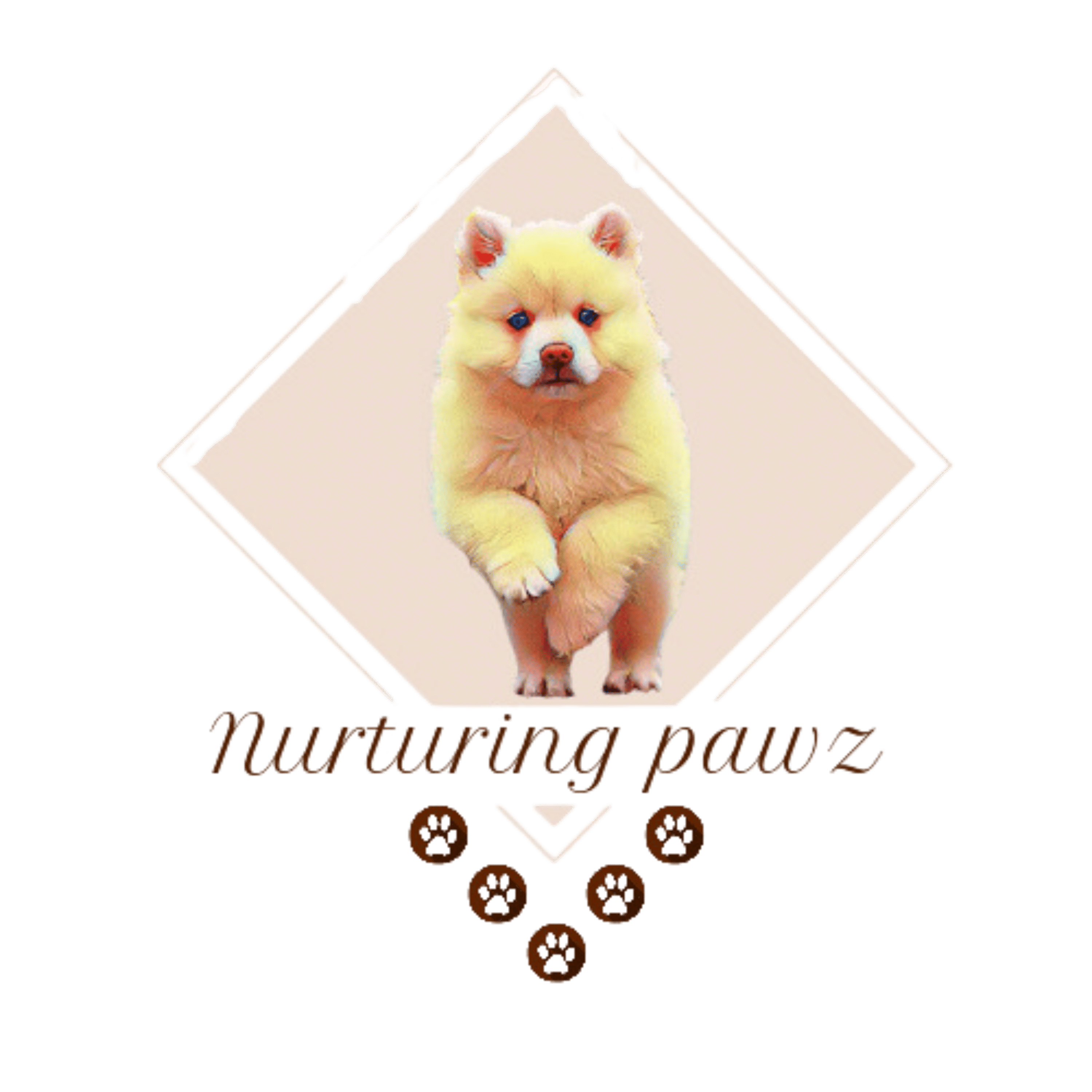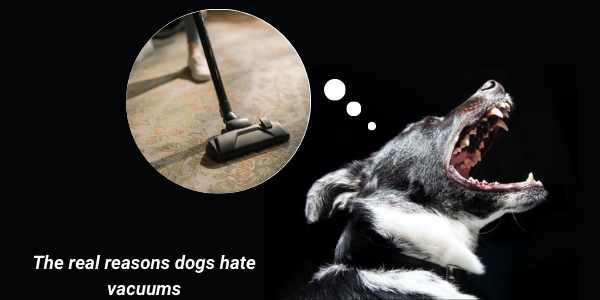We all know “A clean house is a happy house.” But what happens when one of your housemates hates your main cleaning tool? More specifically your precious dog hates the vacuum. You may be wondering, why does my dog hate the vacuum? In this article we will explain the real reasons why dogs hate vacuums and the possible solutions.
Why do dogs hate Vacuums?
why dogs hate vacuums
For many dogs’ vacuums are intimidating, loud, and downright threatening, and causes them to bark, run or cower in fear.
Vacuums are loud and that sound is disagreeable or even painful for our dogs. If the vacuum is relatively noisy to us. Then dogs whose ears are more than 3 times more sensitive than ours are going to find that vacuuming noise extra disruptive and unpleasant. Just like with fireworks or thunderstorms, many dogs’ worry of vacuums stems from the loud, high-frequency noises they make.
Dogs who are already sound touchy or apprehensive may additionally be in sensitive to pain from the vacuum being used in the home. Some puppies view vacuums as something to herd, or an unsafe intruder, whilst others may have had a poor trip with the vacuum in the past which contributes to that dog’s fear.
Important note: Dogs that are teased while a vacuum is working will become even more terrified of them. Which could potentially harm any later efforts of controlling his fear of vacuums in the future. Ensure that no one in your household taunts your dog with the vacuum.
What causes dogs to challenge the vacuum
why dogs hate vacuums
When vacuums are used many puppies go into a battle or flight response. For some dogs, this is may be jogging away and hiding each time the vacuum comes out. Or attempting to break out it in every other phase of the house. Other puppies will strive to attack, lunge, bark, or chunk at the vacuum. All responses are rooted in fear. So, they will attempt to get away from the vacuum or scare it away, out of fear it will hurt them.
Other puppies can additionally view the vacuum as a danger and strive to guard you from it. Which can lead to your canine lunging or barking at the vacuum. The motion and sound of the vacuum can also elicit a herding or prey drive. Further enticing the canine to desire to chase, nip, or herd the vacuum. Which could lead to in your dog breaking the vacuum or puncturing the hoses.
Counterconditioning and Desensitization your dog to Vacuums
why dogs hate vacuums
Do not scold or punish your dog for reacting negatively to the Vacuum. Instead, use superb reinforcement coaching procedures to assist your puppy. Increase new reactions to the presence of the vacuum. Counterconditioning and desensitizing are education methods that assist your canine shift their relationships to something are unsure or uncomfortable about.
To counter-condition your dog to the vacuum, you can work at a distance or a place they are comfortable with. Then, let them work at their personal pace and gradually adjust to the presence of the vacuum.
We do this by way of pairing the presence of the vacuum (again at a distance that is ok to your dog) with something high quality like high value treats and praise. Over time your canine will commence to partner the presence of the vacuum with the reward, which overtime will shift your dog’s feelings about the vacuum.
How to Introduce Your Dog to Vacuum Cleaners
Be intentional about exposing your canine to the vacuum. If you have a puppy, begin them at a younger age. When introducing your canine to the vacuum it can be beneficial to have a pal or family member assist through both working with your canine or doing the vacuuming. This will lessen challenges in the future and enable your dog to construct new favorable relationships with the vacuum.
Step 1: turn off the Vacuum
Introduce your dog to the vacuum while it is turned off and observe his reaction. Most dogs will happily sniff and explore it once they have not had any traumatizing experiences before. When your dog reacts positively to vacuum reward him with threats and/or treats to reinforce this behavior.
Step 2: Moving the Vacuum
Next, it’s time to simulate the movements the vacuums will perform whilst in use. Again, observe your dog’s reaction, paying particular attention to positive reactions. These include wagging of the tail, interest sniffing, and general curiosity. To encourage and reinforce these behaviors reward and/or give your dog treats once displayed.
Step 3: Turning on the Vacuum
When your canine is comfy with the vacuum being pushed around while off, it’s time to flip the vacuum on. Make positive your canine is distanced from the vacuum to begin with and have plenty of treats ready. When the vacuum is turned on, reward your dog, and provide treats whenever he frivolously glances in the direction of the background. Keep your coaching classes with the vacuum short, exciting, and upbeat with loads of reward and treats and remember to have patience.
Conclusion
Most dogs fear vacuums because they are noisy and painful on their sensitive ears. However, you can gradually train your dog to be comfortable with vacuums by conditioning and/or desensitizing. Share this article with others that may be having similar issues and let’s have a safe clean house for all occupants.

